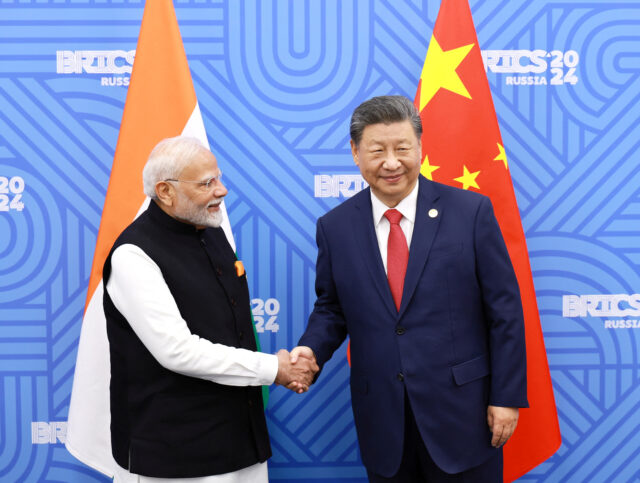India and China have started implementing a long-awaited agreement to end a prolonged military standoff along their disputed Himalayan border, marking a significant thaw in relations after deadly clashes four years ago.
According to an Indian government source, troops stationed in close proximity at two contentious points in the western Himalayas have begun to pull back, signaling an end to the standoff. The new border patrolling pact, agreed upon earlier this week, paved the way for the first official talks in five years between President Xi Jinping and Prime Minister Narendra Modi at a regional summit in Russia.
China’s Foreign Ministry spokesperson Lin Jian confirmed the progress on Friday, stating that frontline troops are working on implementing the agreement “with smooth progress so far.” In New Delhi, a source familiar with the issue confirmed that forces from both sides have started retreating from the Depsang and Demchok areas, the last remaining points where they faced off directly.
Neither government has released the specifics of the agreement, which aims to improve diplomatic and economic relations severely strained since the 2020 Galwan Valley incident, where 20 Indian soldiers and four Chinese troops were killed.
While Xi and Modi recently committed to increased communication and cooperation, Indian officials say New Delhi will cautiously approach economic re-engagement with Beijing. Measures imposed over the last four years, including flight bans, investment restrictions, and banned Chinese apps, will not be fully reversed in the short term. However, India may soon consider reopening flight routes and easing visa approvals.
The two Asian giants have a long-standing history of border disputes, with tensions dating back to their 1962 war. This latest agreement marks a hopeful step toward restoring stability in the region.



